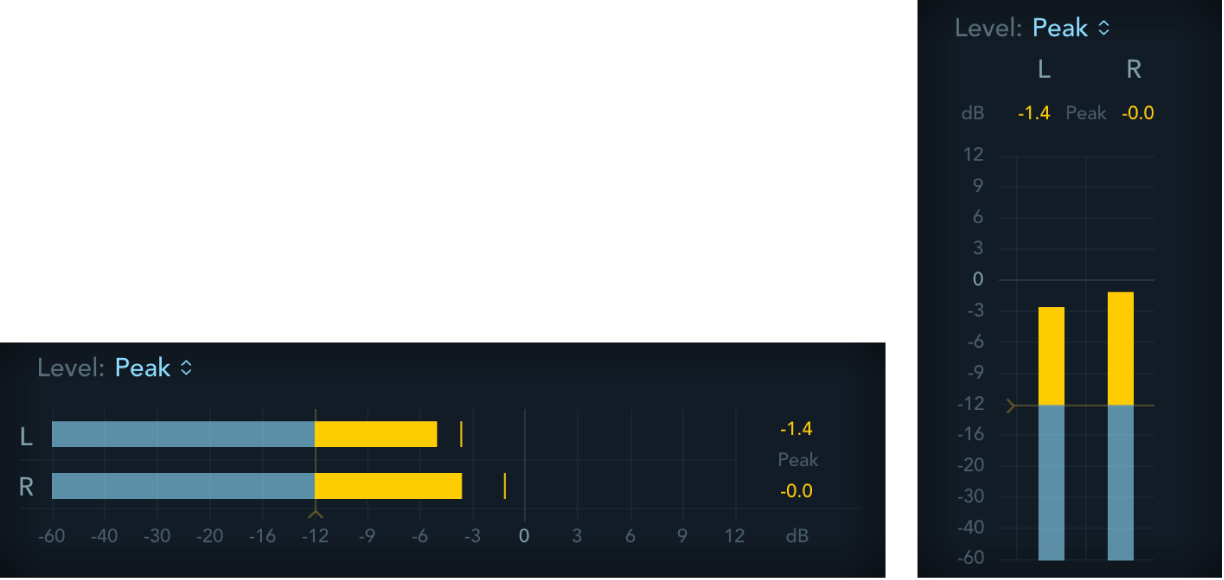
In the original study, there were a total of 39 activities listed under the five original high-level steps of the renew insurance coverage process. These more detailed process steps were then listed from the first step to the last step in the column labeled “process.” In this example, only a small portion of the project (five activities) are presented and described. For example, Step 1: initialize renewal process, in the high-level, future-state map was broken down into five more discrete activities, specifically: It was apparent that by putting a bit of a twist to the standard SIPOC diagram, the business team could document the high-level business requirements in a language they understood, and also provide the high-level business requirement information needed by the IT group to begin work to develop and automate electronic workflow for the new process.įigure 2: SIPOC Diagram for High-level Insurance RenewalĮach process step in the high-level process map was decomposed or broken down into a little more detail, although still high level.

The SIPOC diagram also helps scope the project, provides a high-level view of the workflow and helps ensure that all team members are seeing the project the same way. Once the customers are identified, voice-of-the- customer data can be collected and customer requirements can be defined. The SIPOC diagram is a tool that is typically used in the Define phase of a Six Sigma DMAIC (Define, Measure, Analyze, Improve, Control) project to identify process outputs and the customers receiving those outputs. Several models/tools to gather requirements were described, which sounded very much like the information required in a SIPOC (suppliers, inputs, process, outputs, customers) diagram. The team, composed of business and IT people, discussed the high-level business needs, the kind of information needed by the IT group to develop the appropriate solution, and how best to gather and document those requirements. The business people on the team needed to identify, document and convey the business needs to the IT group that was responsible for developing the automated workflow system for the new process.


So it was with a project team that had developed a high-level, future-state process map for a renewal process in the insurance industry. Often times it almost seems as if the people who run a business and the people developing and implementing the information technology (IT) systems for the business do not speak the same language.


 0 kommentar(er)
0 kommentar(er)
